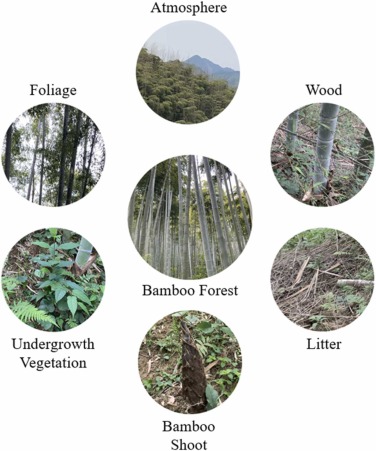Types and Distribution of Bamboo Bamboo belongs to the family Gramineae and is widely distributed, with about 1,500 species. From temperate to tropical regions, bamboo can find suitable growing conditions. According to the International Journal of Bamboo and Rattan Research, China is one of the countries with the widest distribution of bamboo in the world. Bamboo resources are abundant and come in various varieties.
Bamboo propagation methods There are two main bamboo propagation methods: rhizome tillering method and bamboo stalk planting method. Rhizome tillering is the underground growth method of Hsinchu bamboo plants that continuously produces Hsinchu buds through underground rhizomes. Bamboo stalk planting is to plant bamboo stalks in suitable soil in sections. This method is suitable for certain bamboo species. An article titled “Several Ways to Grow Bamboo” introduces the diversity of bamboo propagation.
Characteristics of Bamboo Forest Ecosystems Bamboo forest ecosystems have attracted much attention due to their unique characteristics. A study in “Science Bulletin” pointed out that bamboo forests have their own unique ecosystems, and their biodiversity and environmental functions are often beyond people’s imagination. Bamboo has a strong improvement effect on soil fertility and can effectively prevent soil erosion; at the same time, bamboo also provides habitat and food source for some animals.
Bamboo Growth Rate Bamboo is known for its amazing growth rate. A report in Nature magazine noted that some bamboos can grow several inches per day. This makes bamboo a renewable resource with potential for a variety of applications. According to a news report from National Geographic magazine, China’s electric bamboo, an efficient-growing type of bamboo, is being used as a wood substitute, making it ideal for environmentally friendly construction.
Uses and Value of Bamboo Bamboo is a versatile plant with a wide range of uses. Bamboo is used in construction, furniture, textiles, food and medicine. The “Global Times” news report mentioned that bamboo occupies an important position in traditional Chinese culture and is an important handicraft material with rich cultural connotations.
As a unique plant, bamboo shows amazing characteristics during its growth. The diversity and environmental functions of bamboo forest ecosystems provide important contributions to our ecological environment. Bamboo’s rapid growth rate makes it a sustainable resource with broad application prospects. Its diverse uses and cultural value make bamboo occupy an important position in people’s lives. By understanding the growth process and value of bamboo, we can better appreciate the majesty of the bamboo forest and the wonder of ecology.
Post time: Nov-18-2023







